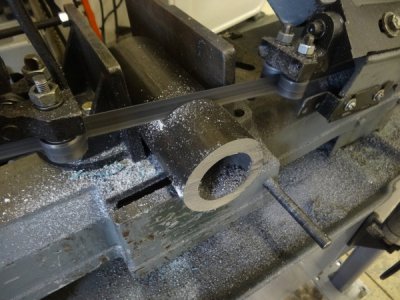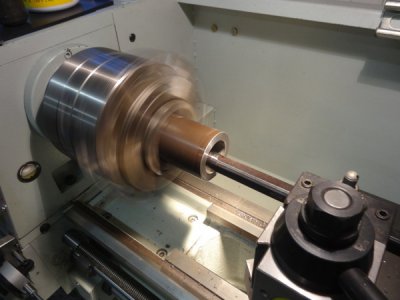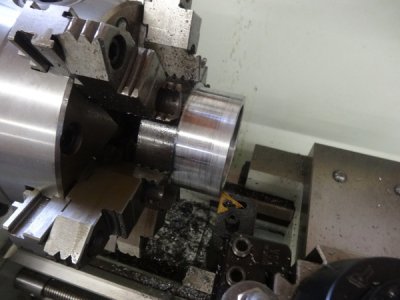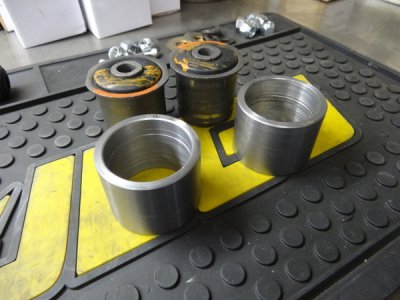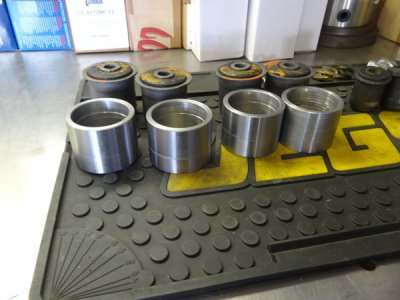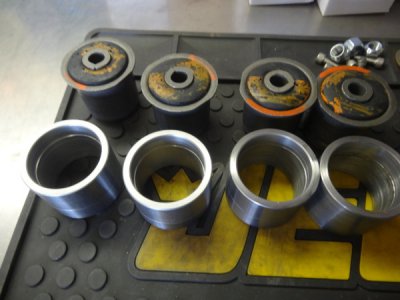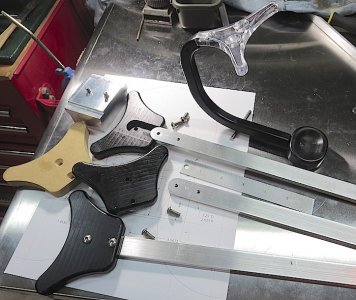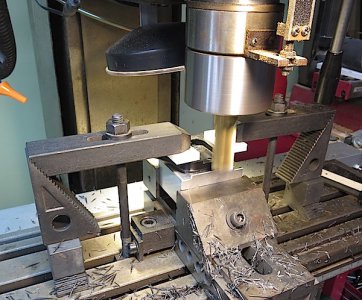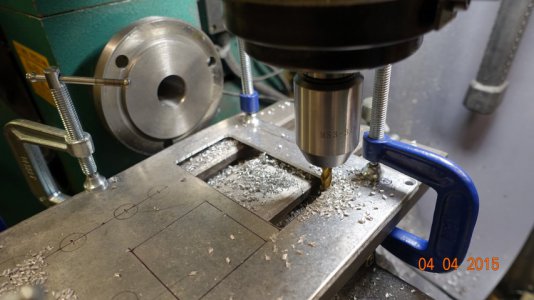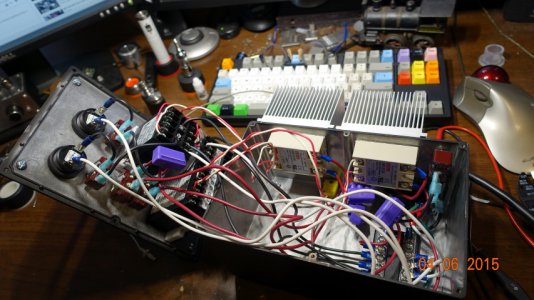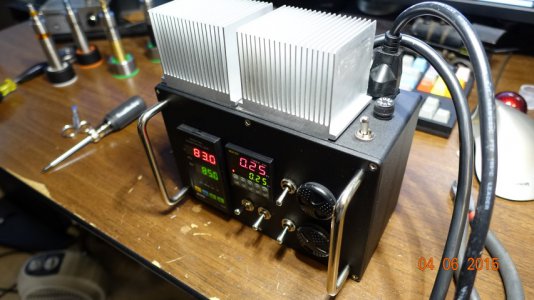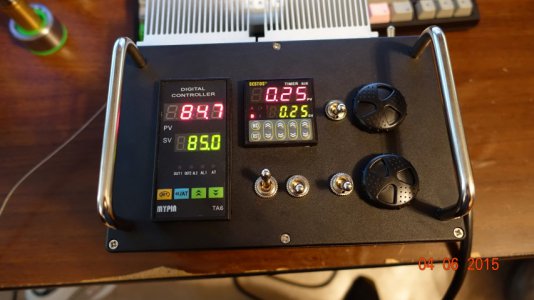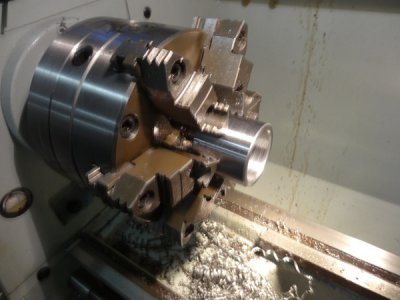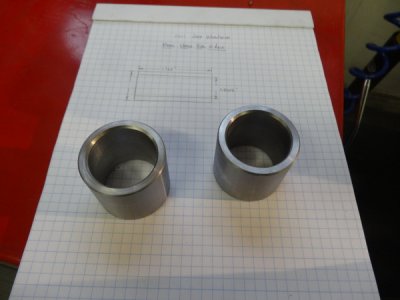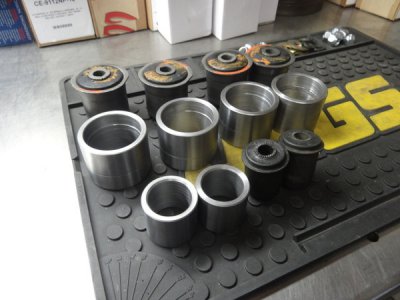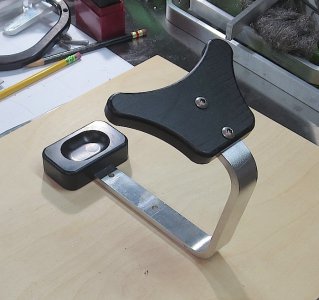- Joined
- Dec 11, 2014
- Messages
- 891
Sorry I didn't take any pictures.
Last night I was turning some 4140 for a Rotary Broach and the lathe started making all kinds of noises. Growling and vibration. Thought the spindle bearings were going. Shut it down and started checking things. Spindle was nice and tight with no play what so ever. So I checked the pulleys and belts. Started with the lower left outside and they were tight, no play. Opened up the door underneath the headstock and the belt from the motor to the lower set of pulleys was running left of center. Released tension on belt and the pulley on the motor fell off. LOL That definitely was not supposed to happen. It seems the setscrew loosened itself and the key fell out. 2 hrs later after using Emory cloth on the motor shaft, new setscrew, key, and new belt. I got it back up and running and it seems to be running better than before. A whole lot quieter for sure.
What took so long was because the whole time I was practically standing on my head to do all of this. They could have made that door about 4 inches taller.
Last night I was turning some 4140 for a Rotary Broach and the lathe started making all kinds of noises. Growling and vibration. Thought the spindle bearings were going. Shut it down and started checking things. Spindle was nice and tight with no play what so ever. So I checked the pulleys and belts. Started with the lower left outside and they were tight, no play. Opened up the door underneath the headstock and the belt from the motor to the lower set of pulleys was running left of center. Released tension on belt and the pulley on the motor fell off. LOL That definitely was not supposed to happen. It seems the setscrew loosened itself and the key fell out. 2 hrs later after using Emory cloth on the motor shaft, new setscrew, key, and new belt. I got it back up and running and it seems to be running better than before. A whole lot quieter for sure.
What took so long was because the whole time I was practically standing on my head to do all of this. They could have made that door about 4 inches taller.


